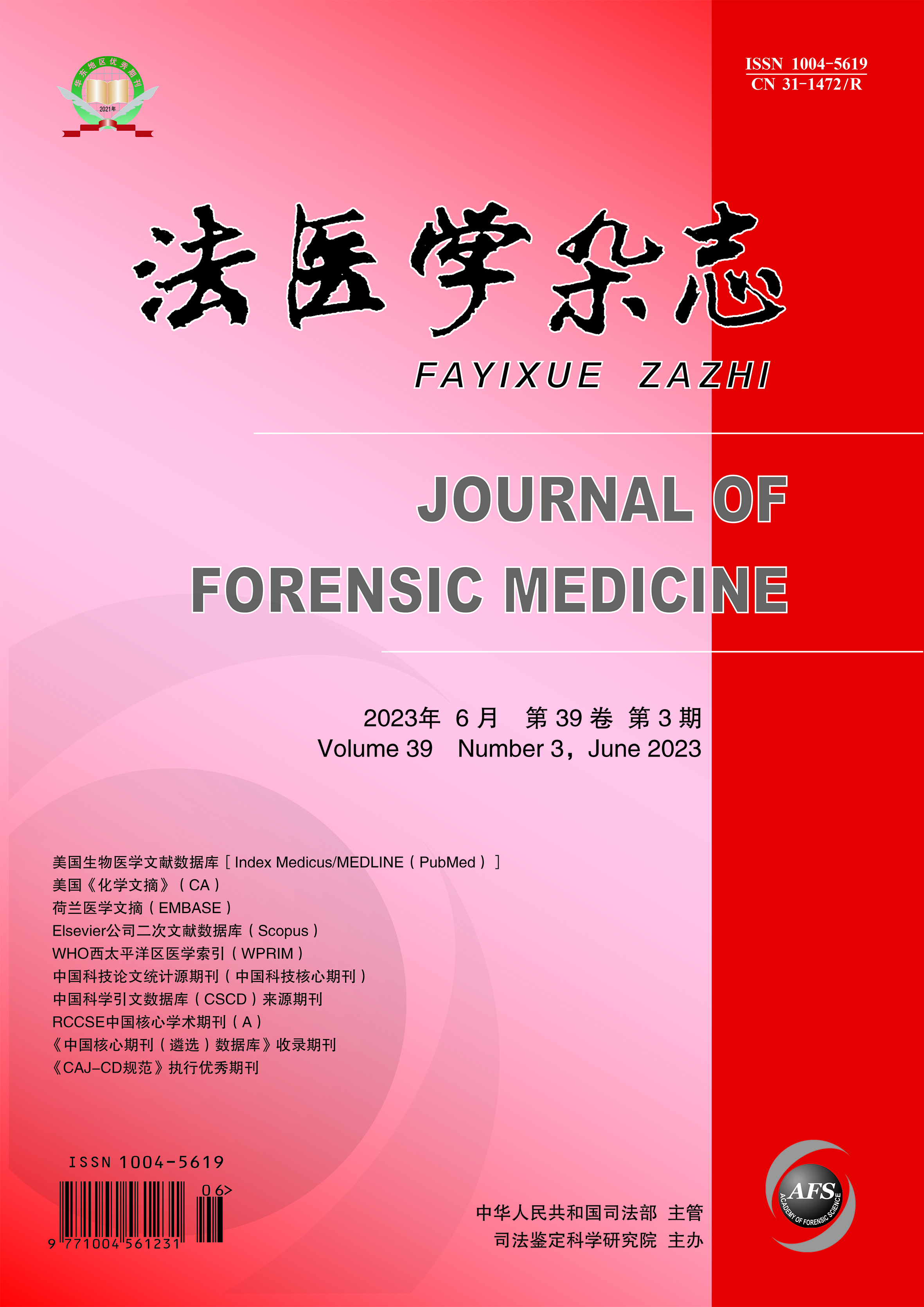Objective To investigate the efficacy of different numbers of microhaplotype (MH) loci and the introduction of different reference samples on the identification of full sibling, half sibling and differentiation between full sibling and half sibling kinships, and to explore the effect of changing mutation rate on sibling testing. Methods First, a family map involving three generations was established, and four full sibling identification models, five half sibling identification models and five models distinguishing full and half siblings were constructed for different reference samples introduced. Based on the results of the previous study, two sets of nonbinary SNP-MH containing 34 and 54 loci were selected. Based on the above MH loci, 100 000 pairs of full sibling vs. unrelated individuals, 100 000 pairs of half sibling vs. unrelated individuals and 100 000 pairs of full sibling vs. half sibling were simulated based on the corresponding sibling kinship testing models, and the efficacy of each sibling kinship testing model was analyzed by the likelihood ratio algorithm under different thresholds. The mutant rate of 54 MH loci was changed to analyze the effect of mutation rate on sibling identification. Results In the same relationship testing model, the systematic efficacy of sibling testing was positively correlated with the number of MH loci detected. With the same number of MH loci, the efficacy of full sibling testing was better than that of uncle or grandfather when the reference sample introduced was a full sibling of A, but there was no significant difference in the identification efficacy of the four reference samples introduced for full sibling and half sibling differentiation testing. In addition, the mutation rate had a slight effect on the efficacy of sibling kinship testing. Conclusion Increasing the number of MH loci and introducing reference samples of known relatives can increase the efficacy of full sibling testing, half sibling testing, and differentiation between full and half sibling kinships. The level of mutation rate in sibling testing by likelihood ratio method has a slight but insignificant effect on the efficacy.


